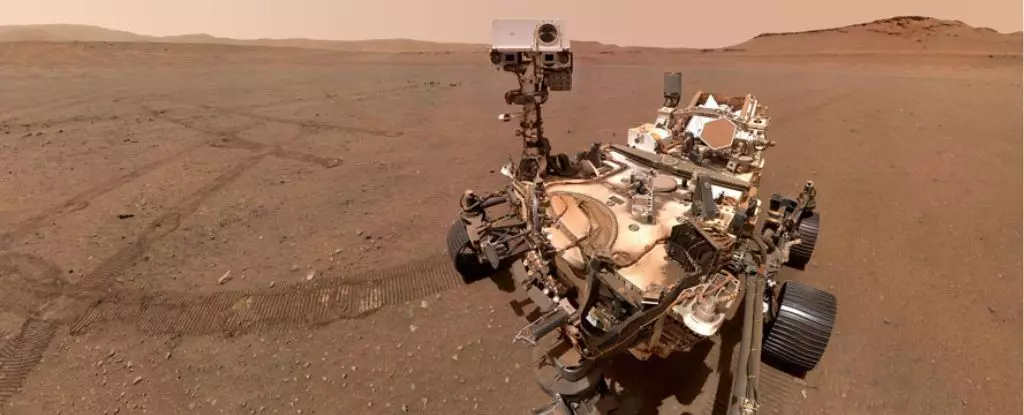NASA’s Mars Sample Return mission, designed to bring scientifically valuable samples from the Red Planet back to Earth, has encountered unexpected hurdles that have necessitated a reassessment of its strategy. Originally intended to return 30 sample tubes by the 2030s, the program has faced significant increases in its projected costs and timelines. In light of these challenges, NASA is now contemplating partnerships with private aerospace companies like SpaceX and Blue Origin, led by Elon Musk and Jeff Bezos, respectively. This shift not only underscores the complexities of space exploration but also highlights the competitive dynamics between nations and companies vying for advancements in extraterrestrial research.
Bill Nelson, NASA’s outgoing administrator, recently shed light on the agency’s evolving approach. With rising estimates hinting at costs reaching $11 billion under the original framework, NASA is in search of more sustainable solutions. The troubling prospect of escalating expenses has prompted discussions about utilizing commercial partnerships, which could potentially lower costs significantly—from an estimated $6.6 to $7.7 billion to a range between $5.8 billion and $7.1 billion. This strategy not only aims to streamline financial resources but also reinforces the role of private sector innovation in public missions.
Both SpaceX and Blue Origin have expressed interest in collaborating with NASA, offering their advanced technological capabilities and experience in space missions. Specifically, the consideration of a “heavy lift lander” developed by a commercial partner presents an opportunity for efficiency in operational execution. Nelson’s acknowledgment that “it could be others as well” indicates a wider net being cast in search of viable partnerships. This collaborative effort exemplifies a broader trend within the aerospace sector where public and private entities join forces to achieve goals that may be unattainable independently.
NASA is currently evaluating two distinct designs for the Mars landing platform. One utilizes the proven Sky Crane system, successfully employed for the landing of the Curiosity and Perseverance rovers. The alternative envisions a new lander specifically designed by a commercial partner. Furthermore, NASA is innovating its energy strategy by favoring a nuclear battery over traditional solar panels. This decision comes in recognition of the harsh and unpredictable dust storms on Mars that can significantly impact solar energy capture. By enhancing reliability in power supply, NASA aims to bolster the overall mission success of returning Martian samples.
Looking ahead, the mission’s timeline remains contingent on various factors, notably annual congressional funding and the logistics surrounding the sample’s retrieval. The likelihood of aiming for a direct Mars-to-Earth flight versus a detour to a “cislunar orbit” around the Moon adds layers of complexity to the already ambitious mission. Targeted for a return between 2035 and 2039, there’s an evident urgency in expediting the timeline as rival nations, notably China, press forward with their own simplified mission expected to succeed prior to NASA’s.
The Competitive Landscape: China’s Rapid Advancement
The implications of the unfolding competition are significant. China is progressing with its own “grab-and-go” sample return mission projected for around 2028, positioning itself as a potential leader in Mars exploration. Nelson has attempted to downplay the direct comparisons between NASA’s comprehensive scientific mission and China’s more straightforward approach; however, the symbolic importance of being the first to successfully return Martian samples cannot be overlooked. This race not only reflects technological prowess but serves as a national prestige endeavor in the field of space exploration.
NASA’s contemplation of commercial partnerships and innovative methodologies highlights the adaptive approach required in contemporary space missions. As the agency revises its Mars Sample Return plans, it underscores a significant shift toward collaboration with the private sector to address challenges that emerge from complicated scientific endeavors. Amidst fierce competition from other nations, such as China, finding a balance between ambitious scientific goals and pragmatic operational strategies becomes critical. The next few years will be crucial in defining the future of international efforts to unveil the secrets held within Mars, influencing not only scientific discourse but also geopolitical dynamics in space exploration.


Leave a Reply